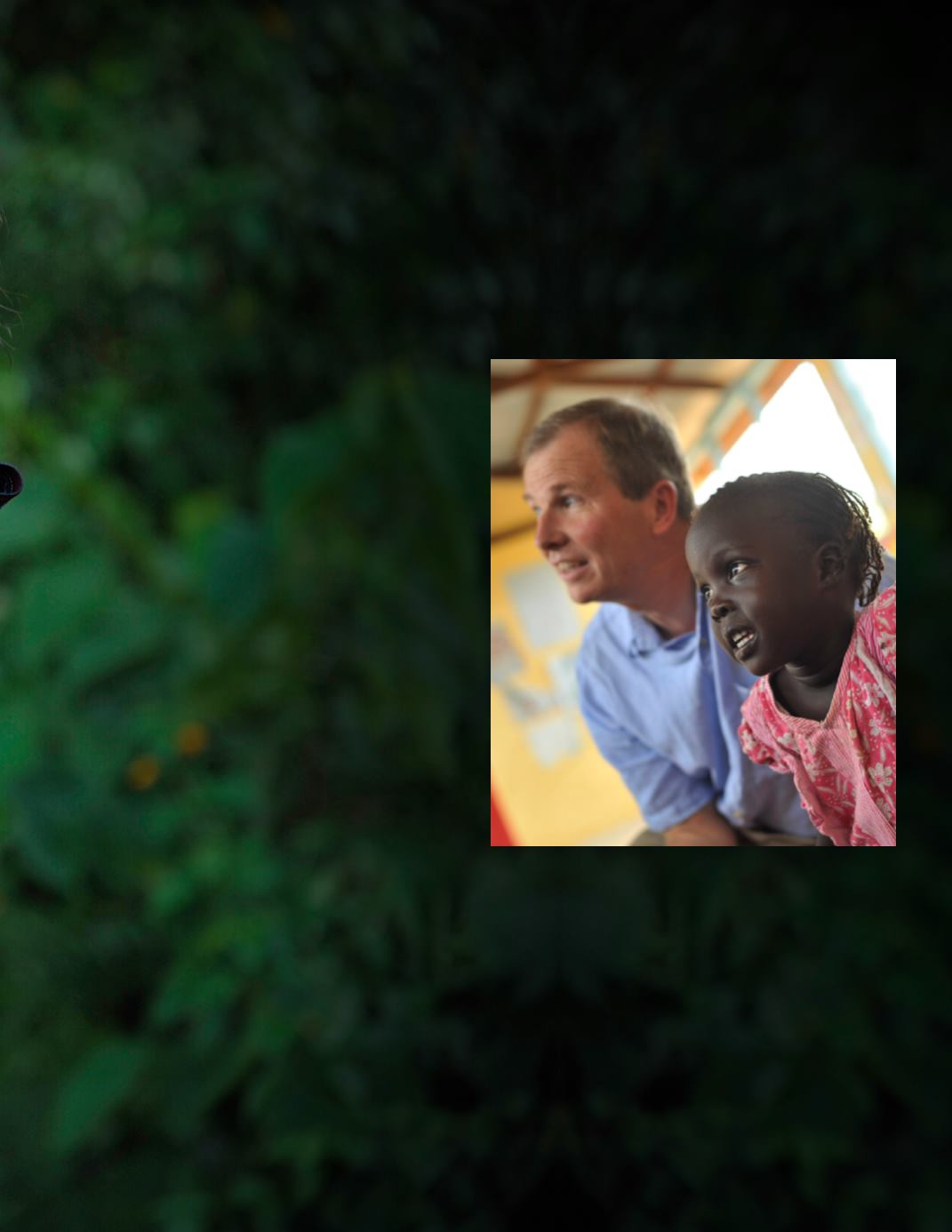
MAY/JUNE 2015
H
business elite canada
3
By Cheryl Long
-------------------------------------------------------------------
I
It’s Halloween night and costumed chil-
dren are running door to door, happily
toting bags of candy and little orange
cardboard boxes filling up with pennies,
nickels, dimes and even the occasional
quarter. This is the image that comes to
the minds of so many people when they
think of UNICEF.
But today’s UNICEF, and UNICEF Canada
in particular, is a far cry from the days of
loose change, seasonal fundraising and
holiday greeting cards. The more modern
version of this long-standing organization
— their roots go back to 1955 — now re-
volves around child advocacy, not only in-
ternationally but in Canada as well. More
than 60 people work in the not-for-profit
organization’s three offices in Toronto,
Montreal and Calgary. Worldwide, UNICEF
employs about 12,000 people and raised
$5 billion last year to help children in more
than 190 countries, said UNICEF Canada
President & CEO David Morley.
UNICEF dates back to 1946 when it was
established by the United Nations Gen-
eral Assembly to provide emergency food
and health care to children in countries im-
pacted by war. In 1953, the organization
became a permanent part of the UN and
shortened its name from the United Na-
tions International Children’s Emergency
Fund to the well-known acronym. One of
the most significant events to impact child
welfare occurred in 1989 when the UN’s
Convention on the Rights of the Child was
ratified, requiring that member nations act
in the best interests of their country’s chil-
dren. Currently 194 countries have signed
the Convention, which binds them by in-
ternational law to a specific list of civil, po-
litical, economic, social, health and cultural
rights of children. The Convention named


